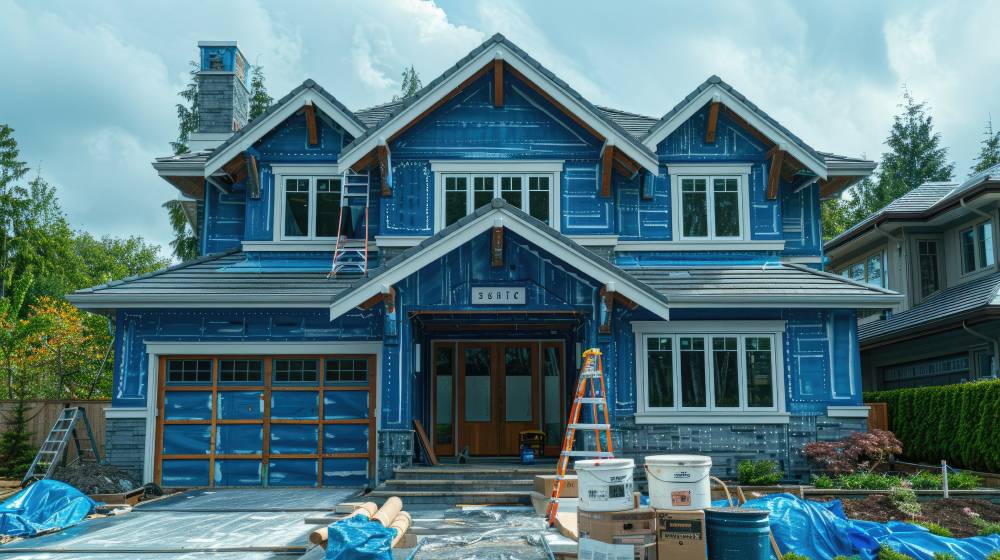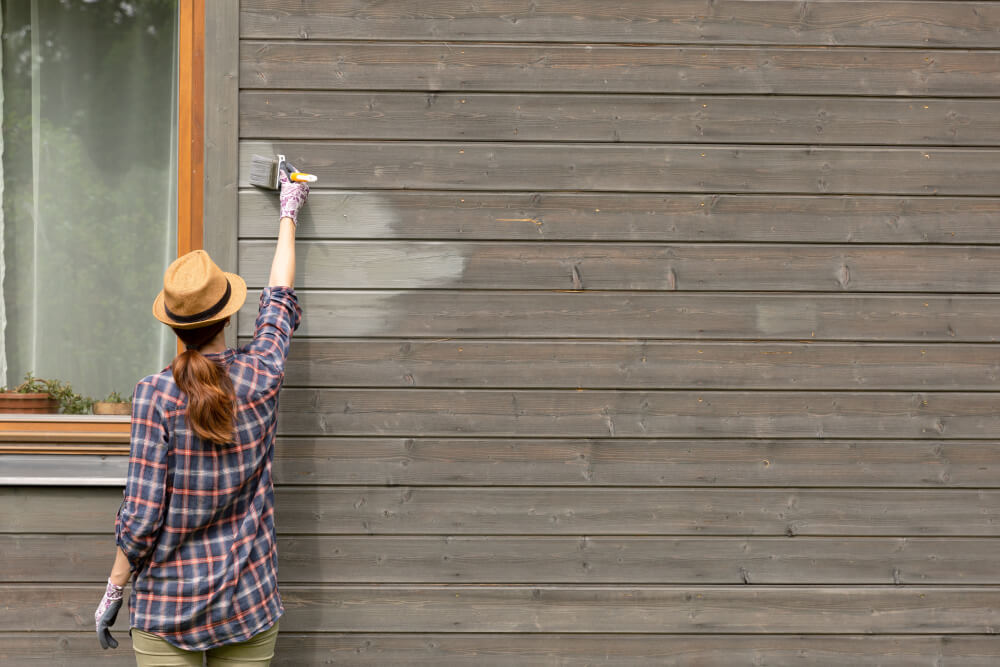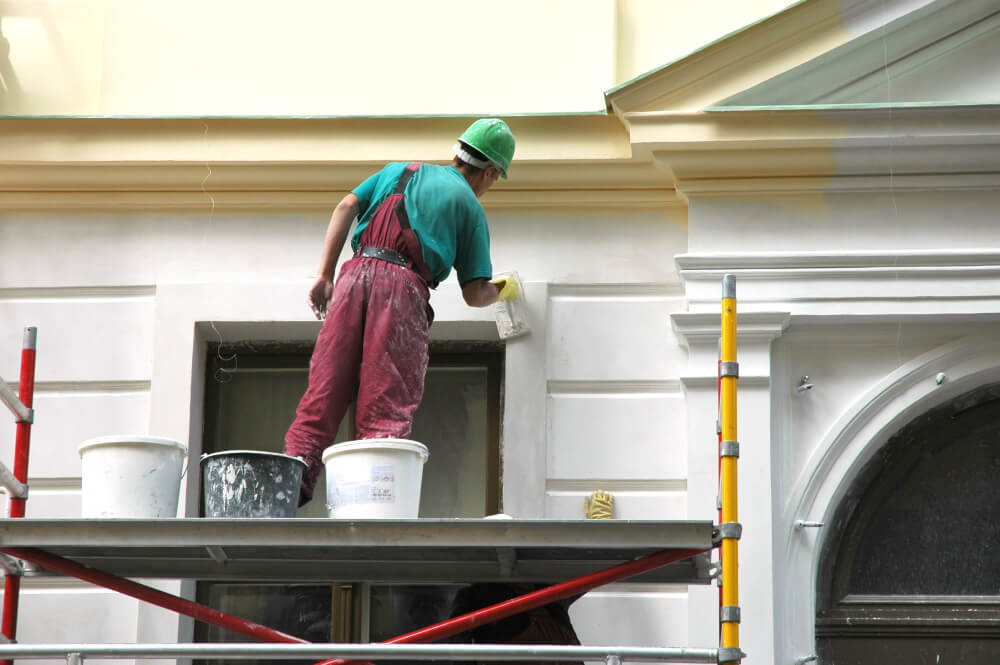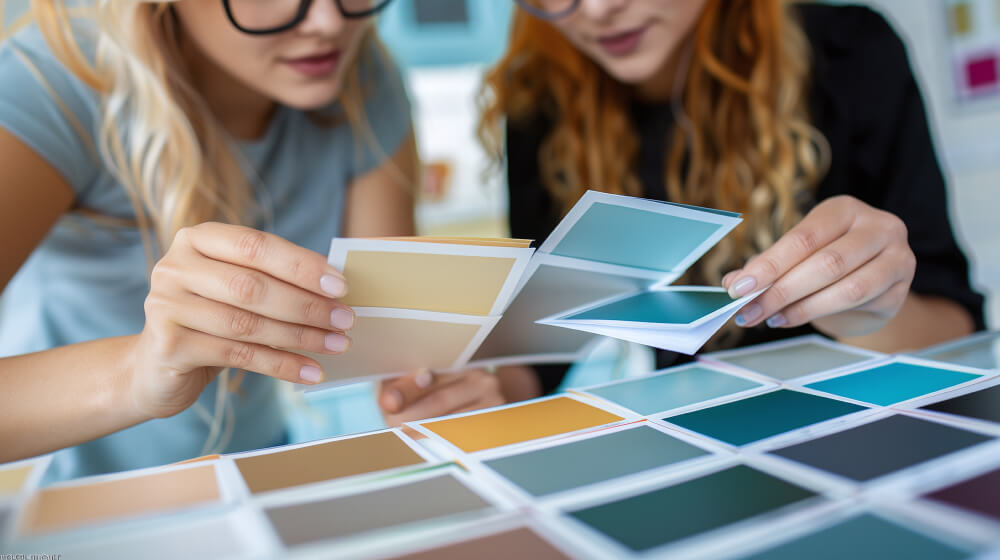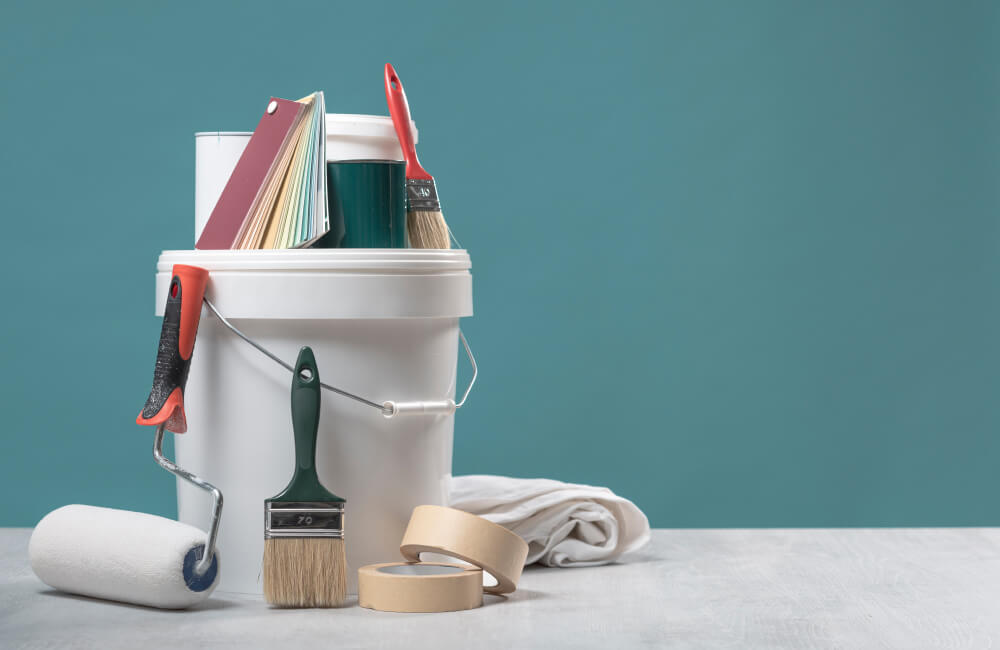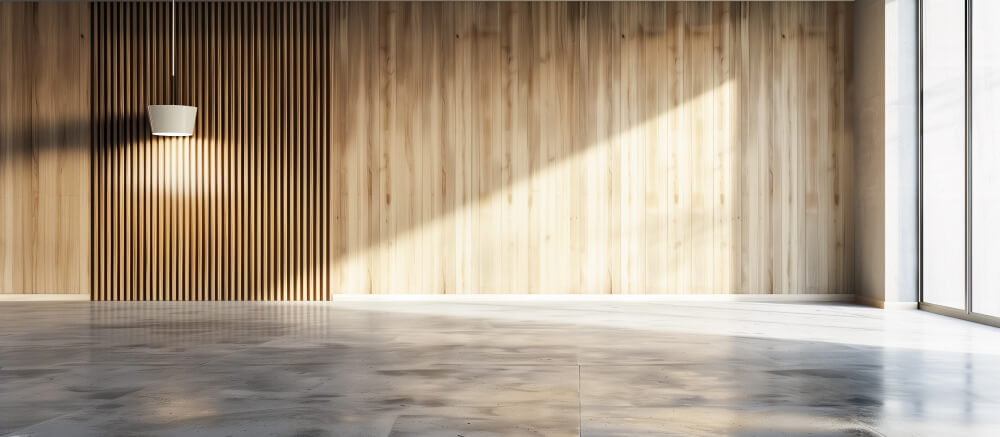Understanding Exterior Paint Types
1. Acrylic PaintsAcrylic paints are water-based and known for their durability, flexibility, and resistance to harsh weather conditions. They are suitable for a variety of surfaces, including wood, stucco, and brick. Acrylic paints are also easy to clean with soap and water.
- Pros:
- Long-lasting and resistant to cracking
- Quick drying
- Low VOC (Volatile Organic Compounds)
- Cons:
- Can be more expensive than other types
Latex paints are also water-based and similar to acrylic paints in many ways. They are easy to apply, dry quickly, and are less likely to yellow over time. Latex paints are a popular choice for exterior surfaces due to their versatility and ease of use.
- Pros:
- Easy cleanup with water
- Environmentally friendly options available
- Good for masonry and vinyl surfaces
- Cons:
- May not be as durable as acrylic paints
Oil-based paints provide a smooth, durable finish and are often used on surfaces that require a hard, protective coating, such as metal and wood trim. However, they take longer to dry and require solvents like turpentine for cleanup.
- Pros:
- Extremely durable and resistant to wear
- Excellent for high-traffic areas and trim
- Cons:
- Higher VOC content
- Longer drying time and more difficult cleanup
Join HICP Homeowner’s Alliance
Connect with experts, get special discounts and enjoy member benefits
Factors to Consider When Choosing Exterior Paint
- 1. Surface Material
Different materials require specific types of paint for optimal adhesion and durability. For instance, wood surfaces benefit from the flexibility of acrylic or oil-based paints, while masonry surfaces are best suited for latex or acrylic paints designed for masonry.
- 2. Climate and Weather Conditions
Your local climate plays a significant role in determining the best type of paint. In regions with extreme temperatures or high humidity, choose paints formulated to withstand those conditions. Acrylic paints are generally more resistant to temperature fluctuations and moisture.
- 3. UV Resistance
Exposure to the sun’s ultraviolet (UV) rays can cause paint to fade and degrade over time. Look for paints with UV-resistant properties to maintain color vibrancy and protect your home’s exterior.
- 4. Mildew and Mold Resistance
In areas prone to dampness or heavy rainfall, selecting a paint with mildew and mold resistance is crucial. These paints contain biocides that inhibit the growth of mold and mildew, keeping your exterior looking fresh and clean.
- 5. VOC Content
Volatile Organic Compounds (VOCs) are chemicals that can be harmful to health and the environment. Opt for low-VOC or zero-VOC paints to minimize environmental impact and improve indoor air quality if you’re painting areas close to windows or doors.
Choosing the Right Finish
- 1. Flat/Matte Finish
Flat finishes provide a non-reflective, smooth appearance that helps hide surface imperfections. However, they are less durable and harder to clean, making them better suited for low-traffic areas.
- Pros:
- Hides surface imperfections
- Provides a traditional, classic look
- Cons:
- Less durable and harder to clean
- Pros:
- 2. Satin/Eggshell Finish
Satin finishes offer a slight sheen and are more durable than flat finishes. They are easier to clean and provide a smooth appearance that works well on large surfaces like siding.
- Pros:
- Durable and easy to clean
- Slight sheen enhances appearance
- Cons:
- Can highlight surface imperfections
- Pros:
- 3. Semi-Gloss Finish
Semi-gloss finishes are highly durable and provide a noticeable shine. They are ideal for trim, doors, and windows where durability and ease of cleaning are essential.
- Pros:
- Highly durable and easy to clean
- Ideal for high-traffic areas
- Cons:
- Can highlight surface imperfections
- Pros:
- 4. Gloss Finish
Gloss finishes offer the highest level of durability and shine. They are perfect for areas that require frequent cleaning and a polished appearance, such as doors and metal surfaces.
- Pros:
- Extremely durable and easy to clean
- High shine provides a polished look
- Cons:
- Can highlight surface imperfections
- Pros:
Selecting the Right Color
- 1. Consider Your Home’s Architecture
Choose colors that complement your home’s architectural style. Traditional homes often look best with classic colors, while modern homes can handle bolder, more contemporary shades.
- 2. Coordinate with Surroundings
Take into account the colors of nearby homes, natural surroundings, and landscaping. Aim for a color palette that blends harmoniously with the environment.
- 3. Test Samples
Always test paint samples on a small, inconspicuous area of your home. Observe how the colors look at different times of the day and under various lighting conditions to ensure you’re happy with your choice.
- 4. Use Color Theory
Understanding basic color theory can help you create a balanced and aesthetically pleasing exterior. Complementary colors (opposite on the color wheel) can create a striking contrast, while analogous colors (next to each other on the color wheel) offer a more harmonious look.
Application Tips for a Professional Finish
- 1. Proper Surface Preparation
Thoroughly clean the surface to remove dirt, mold, and old paint. Repair any damaged areas and sand rough spots to ensure a smooth, even surface.
- 2. Use Quality Tools
Invest in high-quality brushes, rollers, and sprayers. The right tools can make a significant difference in the application process and final result.
- 3. Apply Primer
A good primer helps paint adhere better to the surface and provides a uniform base for the topcoat. Choose a primer that is compatible with your chosen paint type.
- 4. Follow Manufacturer’s Instructions
Adhere to the paint manufacturer’s instructions regarding application techniques, drying times, and the number of coats required. This ensures optimal performance and longevity of your paint job.
Choosing the right exterior paint involves careful consideration of various factors, from the type of paint and finish to the color and application techniques. By understanding the unique needs of your home and environment, you can select the perfect paint that not only enhances your home’s appearance but also provides long-lasting protection. With the right choice, your home’s exterior will remain beautiful and resilient for years to come.

